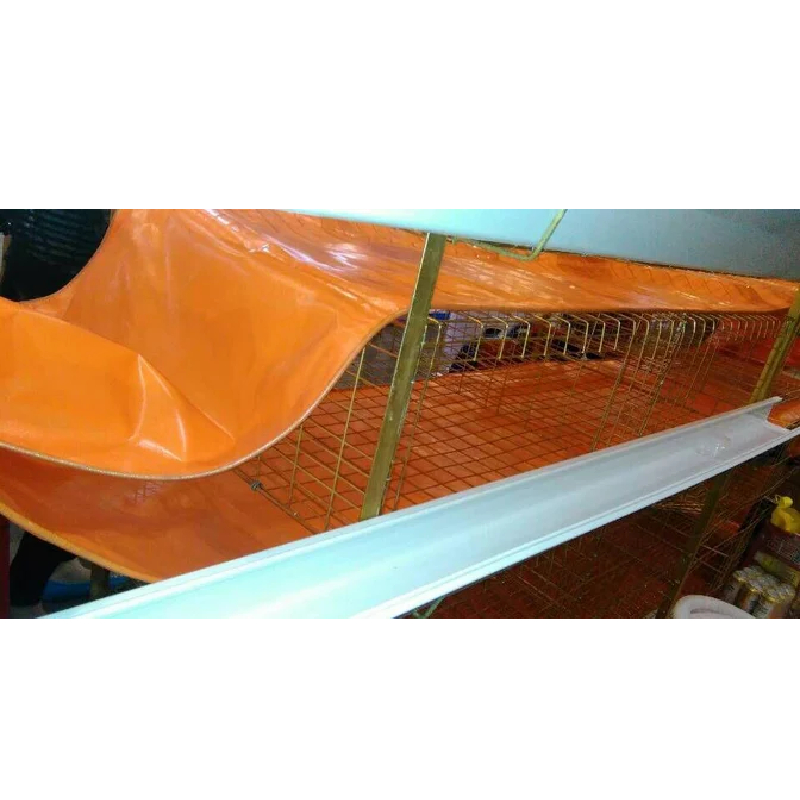Fish Feed Extruder Machines for Efficient Aquaculture Production and Enhanced Nutritional Value
ធ្នូ . 04, 2024 07:58 Back to list
Fish Feed Extruder Machines for Efficient Aquaculture Production and Enhanced Nutritional Value
Extruder Machines for Fish Feed Revolutionizing Aquaculture
In recent years, the aquaculture industry has seen significant advancements in technology, one of the most impactful being the extruder machine for fish feed. These machines are pivotal in producing high-quality, nutritionally balanced feed that meets the dietary needs of various aquatic species. The introduction of extruder machines has not only enhanced the efficiency of feed production but also improved the overall health and growth rates of fish.
What is an Extruder Machine?
An extruder machine is a device that combines and processes raw materials, transforming them into a finished product through a series of mechanical and thermal processes. In the context of fish feed production, these machines use heat, pressure, and mechanical shear to turn raw ingredients—such as grains, fishmeal, and vitamins—into a homogenous feed mix. The mixture is then forced through a die, where it is shaped and cut into pellets of different sizes, depending on the requirements of the specific fish species being targeted.
Benefits of Extruded Fish Feed
The use of extruder machines in fish feed production comes with numerous advantages. One of the primary benefits is the ability to produce floating pellets. These pellets remain buoyant on the surface of the water, making them easily accessible for fish to reach while minimizing feed wastage. Floating feed is particularly beneficial for species that feed at the surface, such as tilapia and catfish.
Moreover, extruder machines can enhance the digestibility and nutritional quality of fish feed. The high temperatures and pressure involved in the extrusion process help to break down anti-nutritional factors present in raw materials, making nutrients more bioavailable. As a result, fish can absorb a higher percentage of the feed’s nutrients, which leads to better growth performance and feed efficiency.
Customization and Versatility
One of the key features of extruder machines is their ability to customize feed formulations. With an array of raw materials available, aquaculture producers can formulate feeds tailored to the specific growth stages and dietary requirements of different fish species. This level of customization ensures that fish receive a balanced diet that supports their health, growth, and reproduction.
extruder machine for fish feed

Extruder machines are also versatile concerning feed types. They can produce various formats, from extruded floating pellets to sinking pellets, flakes, and even powders. This versatility allows aquaculture producers to cater to a wide range of species, from freshwater to marine fish, as well as other aquatic animals like shrimp.
Efficiency and Scalability
In the competitive world of aquaculture, efficiency is paramount. Extruder machines offer a streamlined production process that minimizes labor and time. With the ability to continuously feed raw materials into the machine and produce large quantities of feed in a single operation, producers can significantly increase their output while reducing operational costs.
Furthermore, the scalability of extruder technology is an important consideration for growing aquaculture businesses. As production needs increase, aquatic producers can invest in larger extruders or multiple machines to meet demand without sacrificing the quality of the feed.
Environmental Considerations
Sustainable aquaculture practices are increasingly vital as the industry seeks to minimize its environmental impact. The use of extruded fish feed contributes to this goal by enhancing feed efficiency, which reduces waste and decreases the overall feed conversion ratio. Moreover, many extruder machines are designed to utilize sustainable raw materials, helping to preserve marine ecosystems.
Conclusion
The advent of extruder machines for fish feed has profoundly transformed the aquaculture landscape. These machines facilitate the production of high-quality, customizable, and efficient feed that meets the nutritional needs of various aquatic species. As the demand for sustainably sourced seafood continues to rise, extruders will play a crucial role in developing innovative solutions that enhance efficiency and promote environmental stewardship in the industry. By investing in extruder technology, aquaculture producers are not only boosting their production capabilities but also contributing to a healthier and more sustainable future for our oceans.
-
High Performance Exhaust Fan – Efficient Ventilation Solutions for Home
NewsJun.10,2025
-
High-Quality Gestation Pen for Sows Durable Mobile Pig Pen & Simple Pig Pen Solutions
NewsJun.10,2025
-
High Quality Rabbit Cage Double Tier Designs & Welded Wire Mesh Supplier
NewsJun.10,2025
-
Floating Fish Feed Machine - High Efficiency Floating Fish Feed Extruder for Small Scale Production
NewsJun.10,2025
-
Premium Poultry Housing Solutions Mobile & Commercial Free Range Options
NewsJun.10,2025
-
Industrial FRP Fans Corrosion-Resistant Blades & Centrifugal Systems
NewsJun.09,2025






